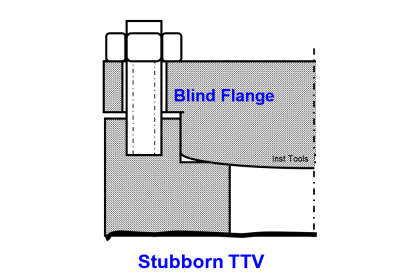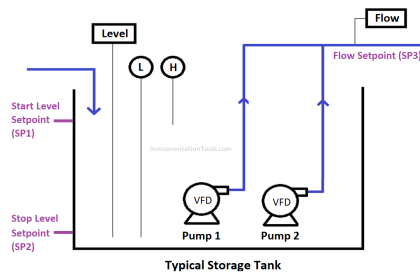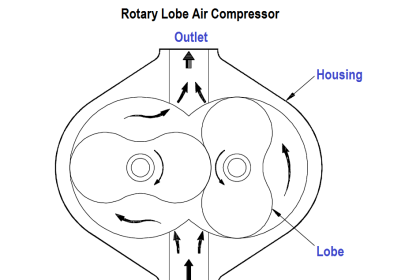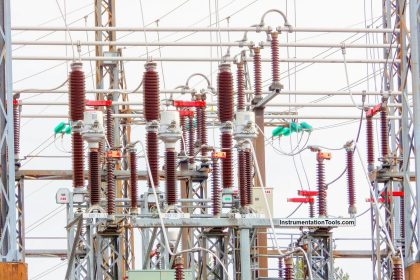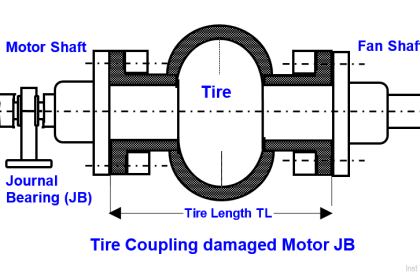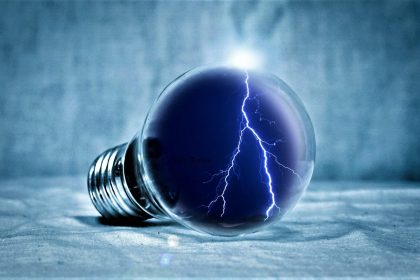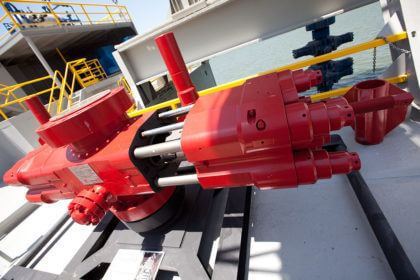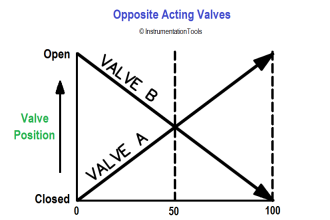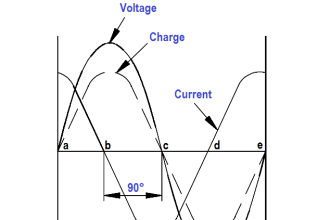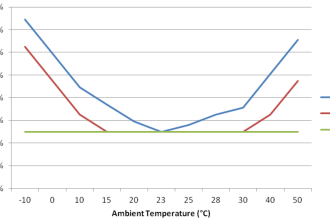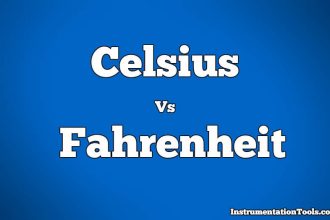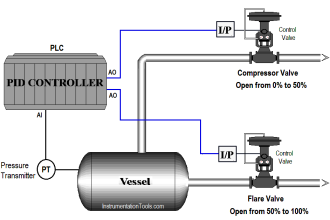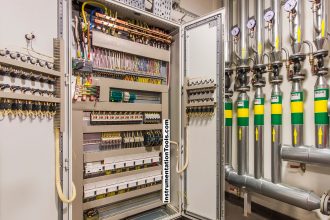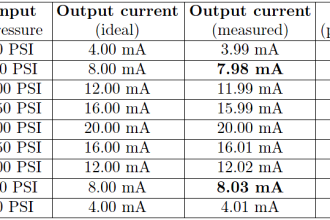Every turnaround (TA) done CO2 Absorber corroded wall thickness weld building – a perennial problem resolved.
| Article Type: | Root Cause Analysis (RCA) |
| Category: | Mechanical |
| Equipment Type: | Pipelines and Miscellaneous Problems |
| Author: | S. Raghava Chari |
Note: This root cause analysis (RCA) is from real-time scenarios that happened in industries during the tenure of two or three decades ago. These articles will help you to improve your troubleshooting skills and knowledge.
Problem
Continuous thickness monitoring identified CO2 absorber certain section was just 40 mm thick – discard thickness 36 mm for the operating pressure of 35 bars – against original 50 mm.
Author immediate repair
Fortunately nearly 1000 Kgs of 8-mm thick CS welding rods and radiation type stress relieving heaters procured for a canceled NH3 convertor job was available handy.
During the turnaround (TA), operators water washed the absorber internally, dried with hot air and handed it over for repairs.
The author got the absorber wall weld built and the welds ground as smooth as practical using several hired welding machines, hand held grinders, welders and grinding machine operators round the clock.
He took care to weld build a 2 m high 60o segment and weld built the diametrically opposite segment next to avoid absorber bending under heat.
This facilitated stress relieving the welded section while other sections are ground or welded i.e. many tasks proceeded simultaneously and saved turnaround (TA) time.
Root Cause Identification and elimination
The author pondered why so much corrosion despite using process licensor furnished corrosion inhibitor to make the corrosive K2CO3, the CO2 absorbing solution as non-corrosive catalytic K2CO3 solution.
An idea flashed after few days of thinking. He, asked in a joint plant problem solving meeting, “We do monitor all catalysts and schedule replacements at unacceptable activity levels; how come never of catalytic K2CO3?” The group laughed as if a silly joke!
Few days later a sheepish grinning tech services engineer, told the author, “Sir, you are right; I reviewed; the literature; it instructs rejuvenating the catalytic K2CO3 solution at > 100 ppm CO2 slip, by adding ‘rejuvenators’ a proprietary item the firm supplies;
Unfortunately, we overlooked it! In fact, this answers our years of lot higher CO2 slip, consequent higher methanator load, more purging and 2 to 3% lost ammonia production.
I guess the non-rejuvenation is excess CO2 slip and highly corroded absorber wall Root Cause”.
The author convened a meeting and let the tech services engineer present his idea. All felt low missing a vital link.
Benefits of the RCA solution
Rejuvenating the K2CO3 solution at CO2 slips >100 ppm at small cost, eliminated both the above-described ammonia production loss and vessel wall corrosion – both costing enormously.
Author: S. Raghava Chari
Do you face any similar issues? Share with us through the below comments section.
If you liked this article, then please subscribe to our YouTube Channel for Instrumentation, Electrical, PLC, and SCADA video tutorials.
You can also follow us on Facebook and Twitter to receive daily updates.
Read Next:
- Problems with Demister Pads
- Steam Letdown Station Problems
- Demineralization Mixed Bed Vessel
- Screen Vibrators Perennial Problems
- Urea Reactor Top Bolted Plug Leaks
